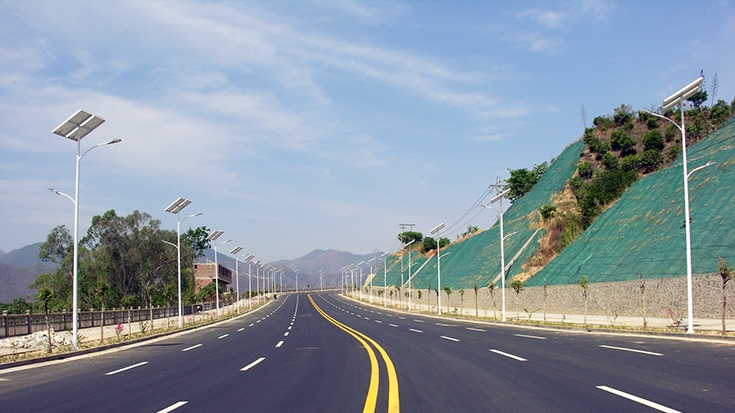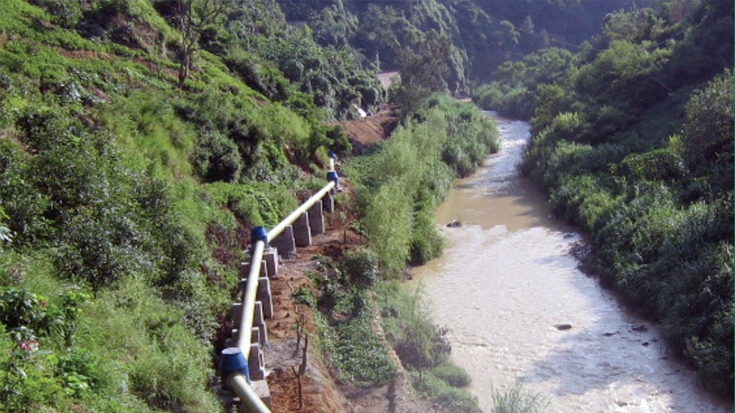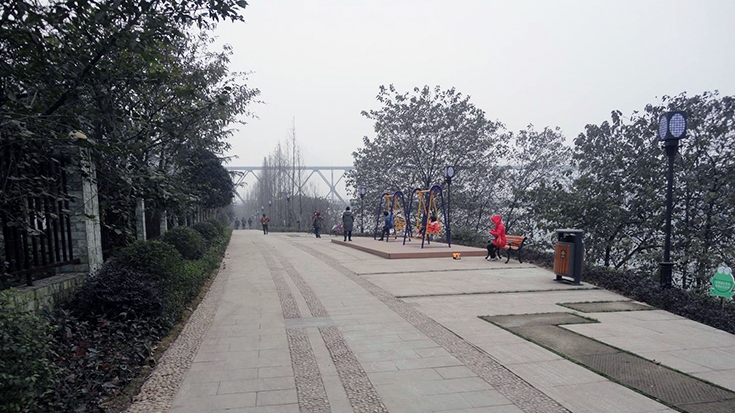Challenge
Urbanization has been a key driver of economic growth and poverty reduction in China. Cities and towns generated more than 60 percent of China’s GDP - an economic impact that was expected to become even more important as urbanization intensifies.
In China’s southwest Sichuan Province, urbanization was only 28 percent in 2005 but was projected to reach 40 percent by 2010, representing over 10 million new inhabitants. Second-tier cities have been among the fastest growing urban centers in the province with considerable growth potential.
However, these cities also faced serious bottlenecks that, if not addressed, threatened their future sustainability. These included: (i) high population densities with scarcity of developed urban land; (ii) inefficient, linear development along rivers and inter-city main roads, contrary to city master plans; (iii) underdeveloped peripheral areas; (iv) congestion, poor overall mobility, and inefficient urban transportation systems; (v) environmental deterioration; and (vi) inadequate capacity in urban service delivery and urban planning.
Solution
The Sichuan Urban Development Project targeted four second-tier cities - Mianyang, Suining, Yibin and Panzhihua. It sought to support increased infrastructure investments in the context of upgraded spatial planning efforts and strengthened urban management to develop and consolidate new and existing urban areas, including economic development zones, improve urban transport networks and sewerage systems and enhance scenic public areas.
The project also intended to improve processes for conversion of land from rural to urban use through improved approaches that included: (i) preparing local urban area development and infrastructure investments as an integral part of city-wide comprehensive master plans; (ii) conducting a rigorous demand analysis to ensure that proposed urban area development reflects real urban growth requirements, and that least cost options of various development alternatives were chosen; (iii) developing an innovative framework for resettlement and land compensation; and (iv) providing technical assistance to project municipalities to develop their capacities in urban planning and land management, infrastructure service provision, optimization of current and future infrastructure assets, and information technology in city planning and management.



